Street life, a museum of gifts, Korean leader’s poetry and somewhat weird Russian comments.
Street life, a museum of gifts, Korean leader’s poetry and somewhat weird Russian comments.
By Stary Shakhtyor
– How does that translate?
– It’s ‘One for all and all for one!’
What a beautiful slogan! As I walk along, I ask the girl from the escort how this or that slogan is translated. Slogans in the form of red hieroglyphics are mounted on houses, or in the form of concrete panels on streets. They also can be engraved vertically on steles.
– A prosperous nation!
– Long live the ideas of Kim Jong-un!
– Glory to our people!
– The great general Kim Il Sung and the great leader Kim Jong-un are always with us!

I wouldn’t say there are many images of great Korean leaders on the streets. Kim Jong-un’s portraits are not seen at all, apparently the leader is modest. His father and his grandfather are also not very present, compared, for example, with images of Rahmon in Dushanbe. They don’t greet you at every step in Pyongyang, like the honoured Tajik president in the capital of Tajikistan. Uniform and rather modest portraits of the Great General and the Great Leader are always displayed together on some buildings of, I suspect, national importance. The portraits are typical, the ages of the leaders are fixed in the images – not young, rather at the peak of their strength. But they are always smiling. They bequeathed to their people to smile and be happy.
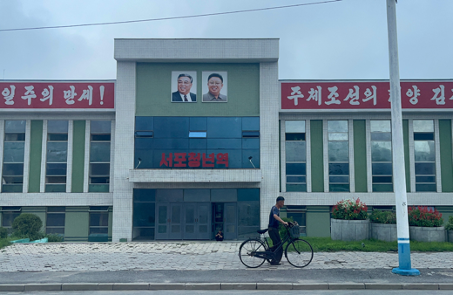
But there are no infernal adverts on houses, on roads, on streets. None at all, zero. The eye rests, the mind is ventilated. For example, there is no need to ponder over the meaning of the blasphemous phrase ‘take a loan and dress your child for school’. Here you don’t have to rack your brains about it. You will be taken care of here.
We left early, at 07:00, and are travelling through morning Pyongyang. This is Korea’s rush hour. A lot of people have appeared on the streets, getting ready for work. Trolleybuses, trams and buses are full. Many people are staring at their smartphones – smartphones are a speciality. At the bus stops, queues for public transport have stretched out. Someone is already working, we see people scraping off the mud on the pavements after the rain, smearing and wiping puddles, literally wiping them off. In fact, a colleague told me how late at night, from the windows of her hotel room, she watched women in skirts and shoes washing the roof.
Streets of Pyongyang, follow the link: https://dzen.ru/video/watch/66eed3f215c4c20416bd2949?share_to=link (Video)
On the way we saw several ensembles of women in identical clothes, in blue skirts and white T-shirts with the North Korean flag: they were waving red flags synchronously. We asked our escort whether they were rehearsing something or just raising the mood of the workers. This is regular, they answered us in broken Russian. Hence, they are raising the mood.
When you drive through the centre of Pyongyang, almost from everywhere you can see the 100-storey Rugen Hotel – a pointed pyramid, something resembling a rocket, a spaceship, its halo visible in the haze. The hotel was started to be built in the 80s and was finished. It has been finished before a long time, about fifteen years ago for sure, but for some unknown North Korean reasons to us, it is not launched for Pyongyang’s guests. Nobody knows when it will be opened. North Korea is a mysterious country, so it could be opened in 10 years or 10 minutes – no one can say when. Or maybe it has already been opened, but we just don’t know about it, and only those who are supposed to know.
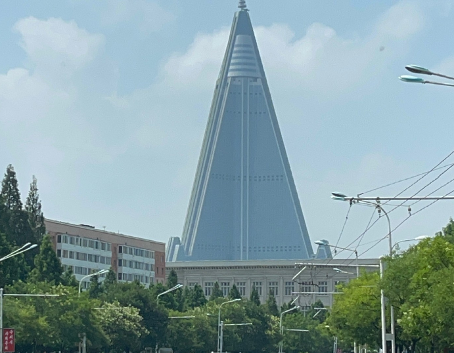
Soon there was a roadblock on the outskirts of the city. It should be said here that all roads and settlements are controlled by military checkpoints. I, as a resident of Donbass, am not used to seeing the military on the road checking documents. The corresponding passes of our accompanying comrades gave us a green light everywhere, we only slowed down at the checkpoints. On the way from Pyongyang, we often saw the military. I once noticed two of them in the forest, they were hiding in the shade of trees. In this heat they were dressed entirely in uniforms similar to the old late Soviet uniforms – they stood under the trees in caps, wide trousers, jackets pulled up with portcullis.
The goal of our morning drive was the Möhyan Mountains. Under one of the mountains is the Kim Il Sung Gift Museum. It contains all the gifts that were presented to him, as well as to comrade Kim Jong Il. Koreans call it the museum of friendship of nations. It is about 130 kilometres from Pyongyang.
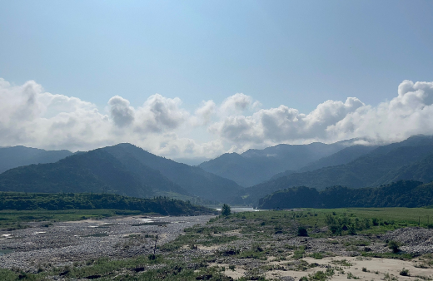
Regarding the quality of the road, I would say that the government has some work to do. It’s not that the road is like in Ukraine, all bumps and potholes, no. You can see that the road is being looked after. It is being patched. On the way we came across a group of people who were heating up the asphalt on the fire and puttying the hollows and bonding the broken seams with resin. But, nevertheless, the track requires new asphalt.
Outside the window, green hills floated in waves on the horizon, from the greenery of which sometimes protruded rectangular light-coloured outgrowths of two-storey model houses. In the DPRK there is no private ownership of land and real estate, the state builds houses and peasants. I could sometimes see small curled up figures in straw hats in the fields, working in the fields even in this heat.
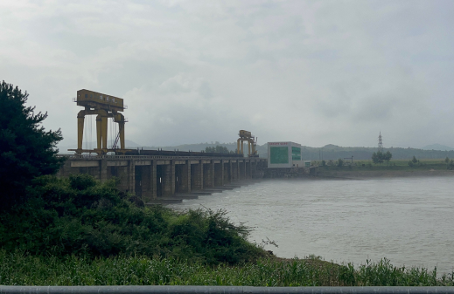
In North Korea there is no uncultivated wasteland. Every square of land is planted, for example, with corn or other agricultural crops, or combed like a comb for beds of rice. Even the roadsides and ditches along the road are planted with something useful. In the fields I sometimes saw cards of hieroglyphics glorifying the country, labour, leaders and masses of people – another slogan was translated to me, which I saw in the green fields. “One must live self-reliant,” it read. This is actually a soothing thesis. Calm down and don’t rely on anyone but yourself. That’s what Juche is all about.
“Envy no one!” – are lines from a popular North Korean song.
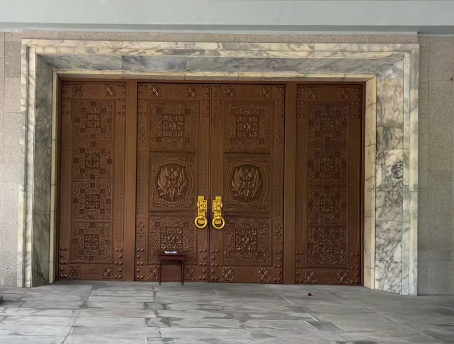
I will especially note the richness of the green colour of the landscape outside the window. Bright lush green earth, as if someone had turned the knob of the colour responsible for this spectrum. In the morning it was overcast, the sky was cloudy, and the sun was cloudy. When we began to enter the mountainous area, a wide river appeared – every nation has rivers, hills, fields, forests – these are the necessary conditions for the emergence of people. Every nation needs at least one river. The North Koreans also had rivers, we were travelling along one of them, it was called Cheon-Cheon-gang. It spread out on the right hand, on the left hand stretched mountain ranges, dressed in a thick green coat of vegetation. The river was covered in a blanket of fog, it flowed underneath and we seemed to be travelling along a fog-filled abyss. We travelled through several tunnels and came across some hydroelectric power stations along the way. The DPRK has a problem with light, in hard times there were only two, then the number multiplied. Because of geographical and political peculiarities, here they try to squeeze everything out of nature, including kinetic energy of water flowing from the mountains and try to turn it into electric energy as much as possible. By the way, I forgot to mention that a couple of times high on the hills I saw black pixels of solar panels – this achievement of civilisation has already appeared in North Korea, and probably soon it will become widespread.
We turned off and drove across the bridge to the other side. A roadblock appeared, and we entered the town. Several parallelepipeds of houses, placed flat or on the butt, as well as yards, playgrounds, bus stops, an administrative building with a duplex of chiefs, floated behind the window in the green of lawns and trees. Suddenly from nowhere appeared a structure of the most alien appearance, like the unfinished Rugen Hotel in Pyongyang, only much smaller in size. It was a concrete pyramid with a blunt-angled top, made of rectangular stepped triangles, each step of which represented a floor of sections with windows. On the pyramid’s tip there was a rounded flattened concrete plaque with a continuous window of all-round view. As my comrades explained to me, it was a hotel for visitors.
We crossed a couple of canals, along which weeping willows spread their green tresses down to the water, turned and drove up the road. We overtook a large group of children in white caps and T-shirts with the DPRK flag, then several groups of older tourists. We hit a barrier with a stop sign, our escorts went to settle the issue with an elderly captain – I saw the appropriate number of stars for this rank on the wide-banded epaulettes. With us, female guides in national costumes formed an adult group of women and men, and they headed towards the museum in rows. After a while, a guide also came to us, and we followed her.
The museum is a three-stage cluster of pagodas with green roofs tucked at the corners. The massive copper gates, each leaf of which weighs four tonnes, are guarded by two soldiers standing on pedestals, stalwart and as imperturbable as if they were pewter. Kalashnikov automatic rifles are polished to an aluminium shine, hands in white gloves are stretched downwards. To open the door you also need gloves, they are lying in front of the entrance in front of the table. Only when you put them on can you pull the gilded handle.
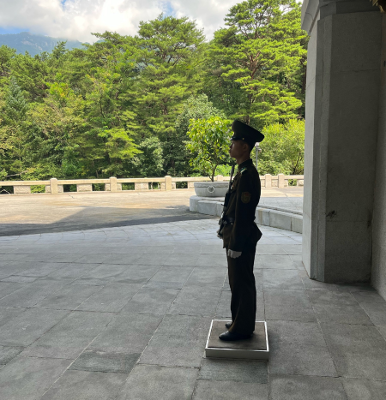
Inside, it’s refreshingly cool, the whole building is made of stone and doesn’t heat up. The museum was built in a year and a half, its area is 70 thousand square metres. The building is adjacent to the mountain, and a path from the museum leads into the rock hollowed out corridors with rooms, in which behind the glass are laid out gifts to Kim Il Sung and the Korean people presented at different times by various delegations from 187 countries. In general, Koreans have made a certain cult of gifts. It is desirable to give gifts from delegations to the leaders upon arrival in the DPRK. It is customary for small nations to ingratiate themselves with the hegemonic nations and bring gifts. The Koreans, however, although a small nation, demand the whole world to consider them, and this is expressed in gifts.
Gifts are varied from small to huge, from precious to unremarkable souvenirs. China is ahead of us in quantity and price, but our gifts are the most impressive. First of all, there is a whole plane, a carriage from Stalin (there is also a carriage from Mao, they were hitched together), three ZIS-ZIL cars from Stalin, Malenkov, Bulgarin – Stalin’s car is armoured, the thickness of the window glass is 8 cm. Korean comrades asked us whether the ZIL plant was functioning now. What could we answer? ZIL has been destroyed and now they are building a very necessary complex of office buildings and housing there.
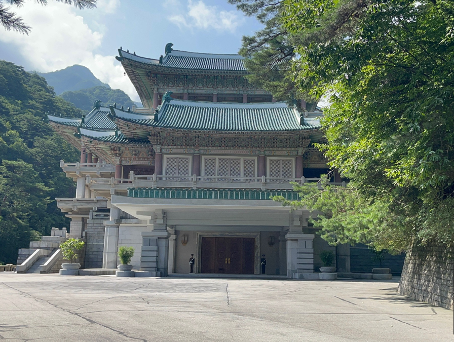
We were impressed by the number of bears from Russia – their count was measured in tens. And also all sorts of sabres, portraits, chess, pistols, mugs, cups, panels, samovars, automatic rifles, binoculars, sights, cups, crystal – everything that can come into your head. Someone from Russia gave an ‘Armenian kit’ – a suitcase with knives, axes and shish kebab tongs. Another gift was from the director of an enterprise in Siberia, who attributed his nationality – Azerbaijani, which caused laughter and a long discussion among our entire delegation. The most mysterious gift was from Nicaragua – a crocodile, shining with jewels on its scales, stood on its hind legs and held a tray with cups.
In the corridors we bumped into a group of students several times. Young boys and girls dressed identically, white top, dark bottoms in the form of trousers or skirts. The girls had a red bowtie tied around their necks. They were very puny, dark and stunted, considerably shorter than the average European. This generation is most likely the cost of the difficult period of the 90s, which Koreans call the Great Trek. At that time, the socialist camp collapsed, and the DPRK had to survive by rebuilding its economic ties and relations under sanctions. The country didn’t finish its food, and this is the result in the form of two or three generations born.
I asked about the structure of schooling. Koreans attend school for 11 years. 5 grades of primary school, then two stages 3+3=6 – secondary.
The corridor is cut into the rock for 300 metres, we walked along it. On the way back the guide said that the Korean people long for the two departed leaders and in the museum building there are rooms dedicated to them and delicately but insistently asked us if we wanted to visit them. Of course we expressed our wish.
They turned out to be rooms-installations with wax figures of the leaders. Kim Il Sung, born in April, stood in a white marshal’s tunic against a background of cherry blossoms. And Kim Jong Il was wearing his favourite zipped jacket with pockets, in which he was often seen on television. He was born in February and behind him were the snowy cliffs of Paektu and a lake.
In general, I have noticed that Koreans avoid symbolism in depicting leaders, trying to represent them in natural proportions and colours, as close as possible to a bygone and irretrievable reality. From Korea magazine, one can see that huge, painted statues of Kim Il Sung and Kim Jong Il stand in the assembly hall, reminding deputies of the immortality of the leaders.
Both leaders smiled as if they were alive.
Afterwards, we were taken to the balcony-terrace that Kim Il Sung liked to visit. From the terrace we had a magnificent view of the gorge between the mountains with wisps of snow-white clouds hanging over it. Myohyangsan, the name of the place, translates from Korean as a mountain of unusual fragrance. And indeed, it smelled somehow special, despite the heat, the air smelled fresh.
The chairs are arranged like in a VIP-lounge, between them there are tables with ashtrays. One could smoke and enjoy the views of nature. Kim Il Sung, sitting in an armchair, wrote a poem here; you can read it at the entrance to the terrace.
I too, looking at these mountains, wanted to write something similar, but unfortunately, I do not have the same talent as Comrade Kim Il Sung.
It was lunch time; we drove to the park and went down to the river. We were given straw planks, sat on them in the Korean way and had a snack. Then we washed our feet in the mountain river. The number of cicadas in Korea is amazing. It seems that there are not even thousands of them – hundreds of thousands, the crackling sound spreads in waves through the trees. If city cicadas crackle, here in the nature, in natural conditions, they even quack.
Then we visited a Buddhist temple nearby. The complex was built in 1042, but during the Korean War it was almost completely burnt down. The visit was not very interesting, the Buddhist monks here are certainly masquerading, if not wearing epaulettes. Everything looks like a fake show – it just so ‘coincidentally’ happened that their prayer time came up and somehow they conducted a service to the Buddha. As we were told, one of the abbots of the temple during the long ago war with Japan resigned his vows and went to fight, and then returned to religion – a Buddhist, too!
https://dzen.ru/video/watch/66eed24a335c7475d8080675?share_to=link (Video)
In one of the buildings are the first print book proofs, which is not surprising, Koreans like to be first at something.
But we were very amused by an inscription in the book of reviews, left by one of our compatriots, judging by the content not quite sober. It said:
“Kill them all. Take away everything. (Good for everyone – omitted) Except for the Khokhls. Glory to Russia!”
To be continued…
This article was previously published in Russian here. Translation to English by UWI.








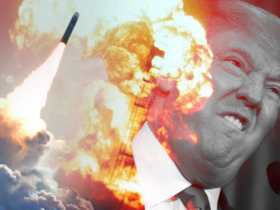


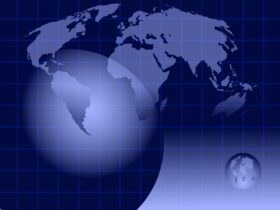

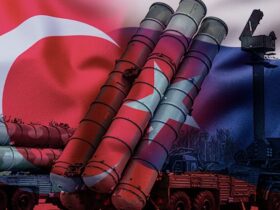



Leave a Reply